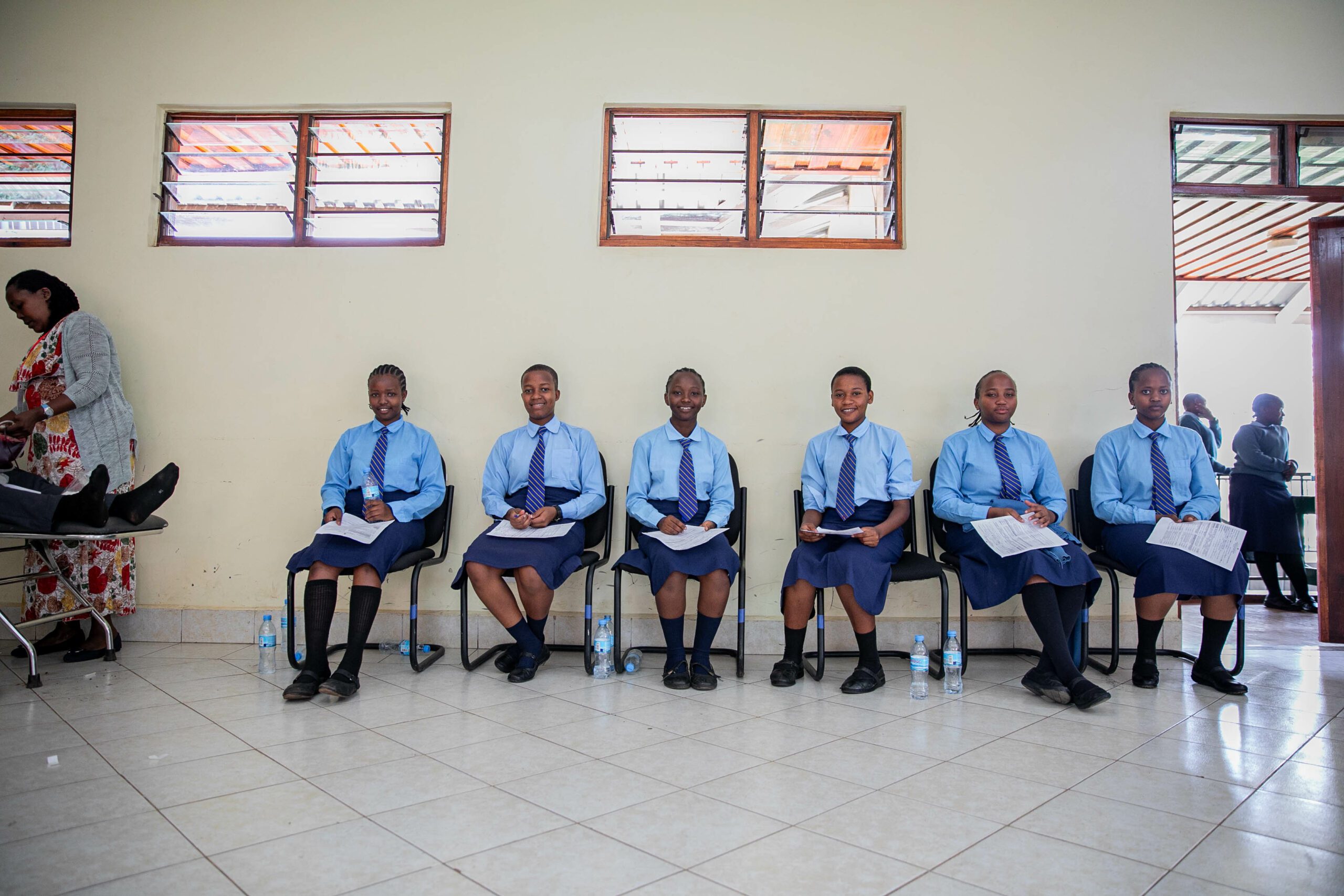When St Jude’s introduced hot lunches in 2004 there were about 500 student and staff to feed. Fast forward to present day, and there are almost four times that amount: over 1,500 students, over 400 local staff and more than 50 international volunteers is the current St Jude's tally. That’s almost 2,000 mouths that need to be fed morning tea and lunch on a weekly basis, and then there are dinners for the students who board at Usa River and Moivaro. It takes an incredibly organized and efficient team to keep this process on track to avoid a logistical nightmare, ensuring our students are fed hot, nutritious meals to keep them motivated, energized and their minds focused on the tasks ahead. A supply of clean drinking water is readily available to keep everyone hydrated as well.
Our Purchasing Team plans the food purchases for each of the three terms throughout the year. They source all of the products from local suppliers and visit the local markets several times during the week to ensure the food is as fresh as possible. Since there is no refrigeration on the campuses, the meat is bought and prepared fresh, and the vegetables are only kept for two or three days. Trucks are constantly going in and out of the gates delivering fresh fruits, vegetables and bags of rice and maize.
The meals prepared by our 29 cooks are traditional Tanzanian and East African fare, which include staples like ugali (a stiff porridge-like substance made of maize flour) accompanied by beans, pilau (rice with spices and meat), and plenty of vegetables like ngogwe (described as an African eggplant) served with rice. Kachumbali - a salad made from tomatoes, onions, carrots and peppers - is a ubiquitous side-dish served with every meal. Every Tuesday our cooks make mandazi, an East African doughnut, to have with morning chai (tea).
For some idea of the quantity needed to feed everyone across the three campuses for one term, here’s an idea (items are listed in Kiswahili with the English translation in parenthesis):
Mchele (rice): 12,500 kg / 27,558 lbs
Maharage (beans): 4,500 kg / 9,921 lbs
Choroko (lentils): 800 kg / 1,764 lbs
Maize: 2,850 kg / 6,283 lbs
Nyanya (tomatoes): 2,065 kg / 4,553 lbs
Karoti (carrots): 2,905 kg / 6,404 lbs
Vitunguu (onions): 1,855 kg / 4,090 lbs
Nyama (meat): 850 kg / 1,874 lbs
At a time when so much attention is focused on the unhealthy eating habits across dining halls in schools throughout the world, we're proud to be serving plenty of fresh vegetables and nutritious meals that will aid in our students growth and development into the future leaders of Tanzania.




Replies